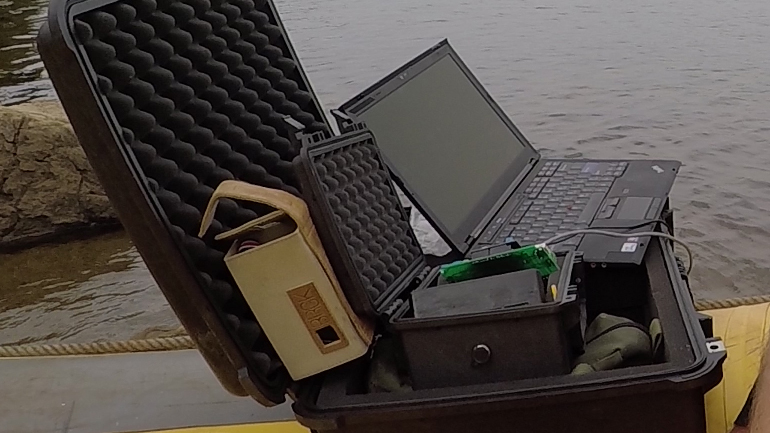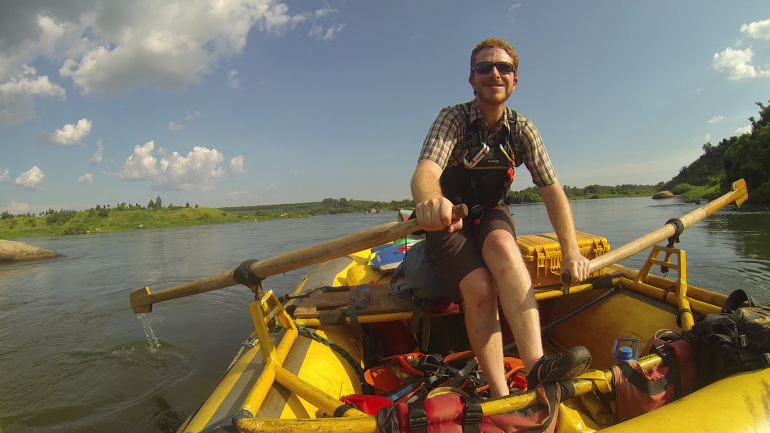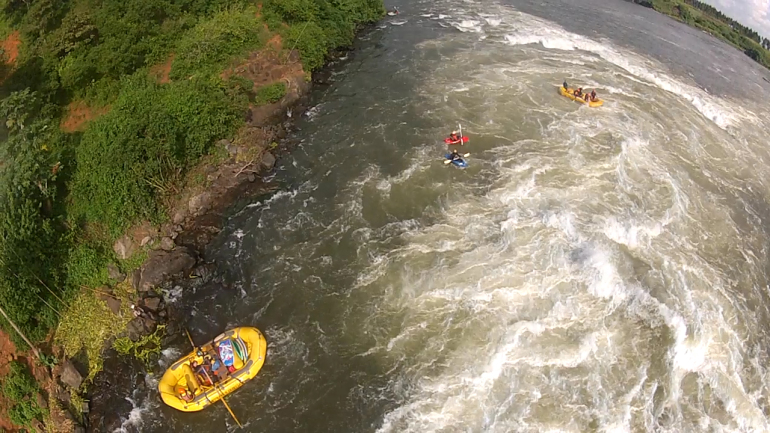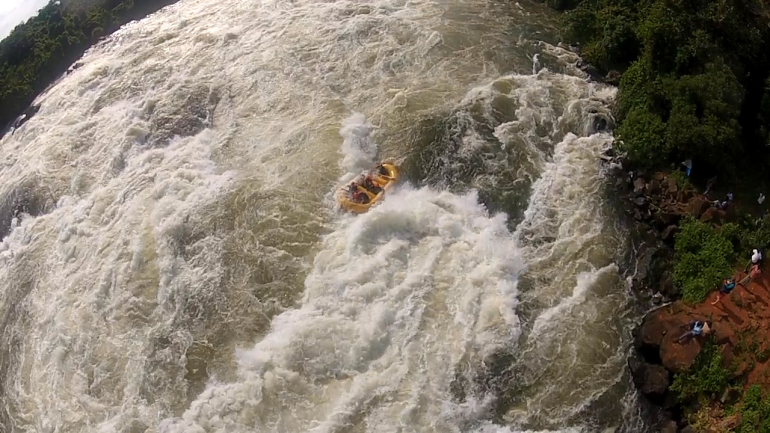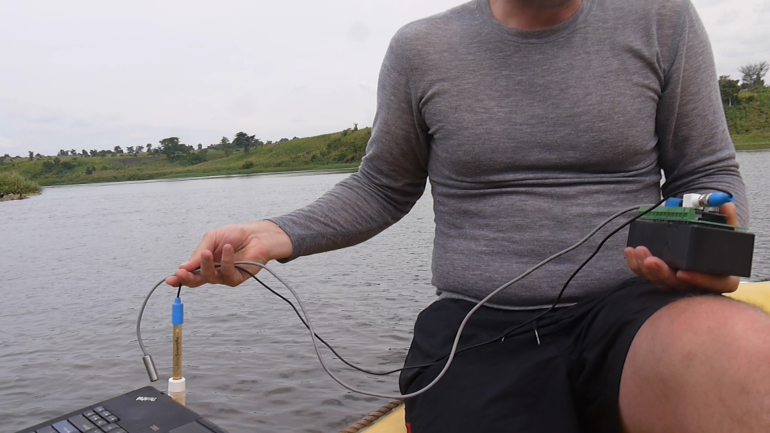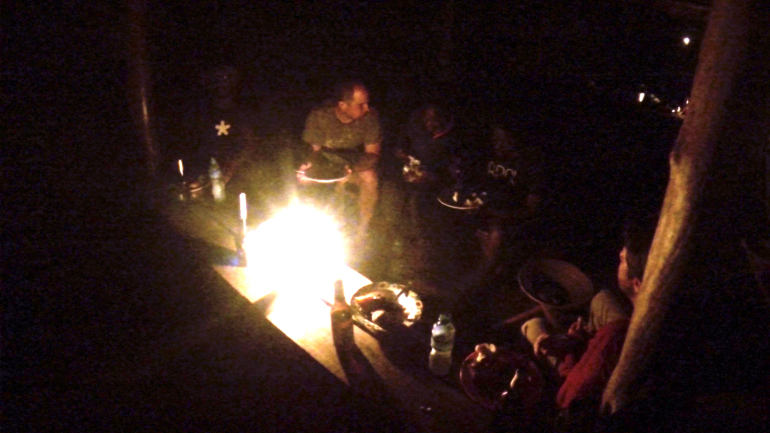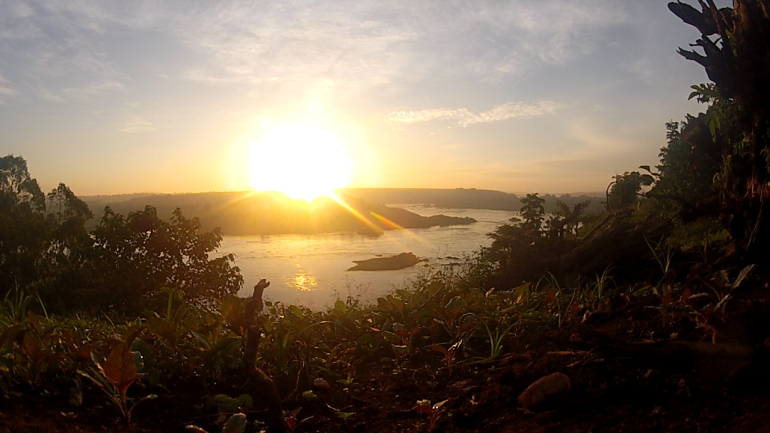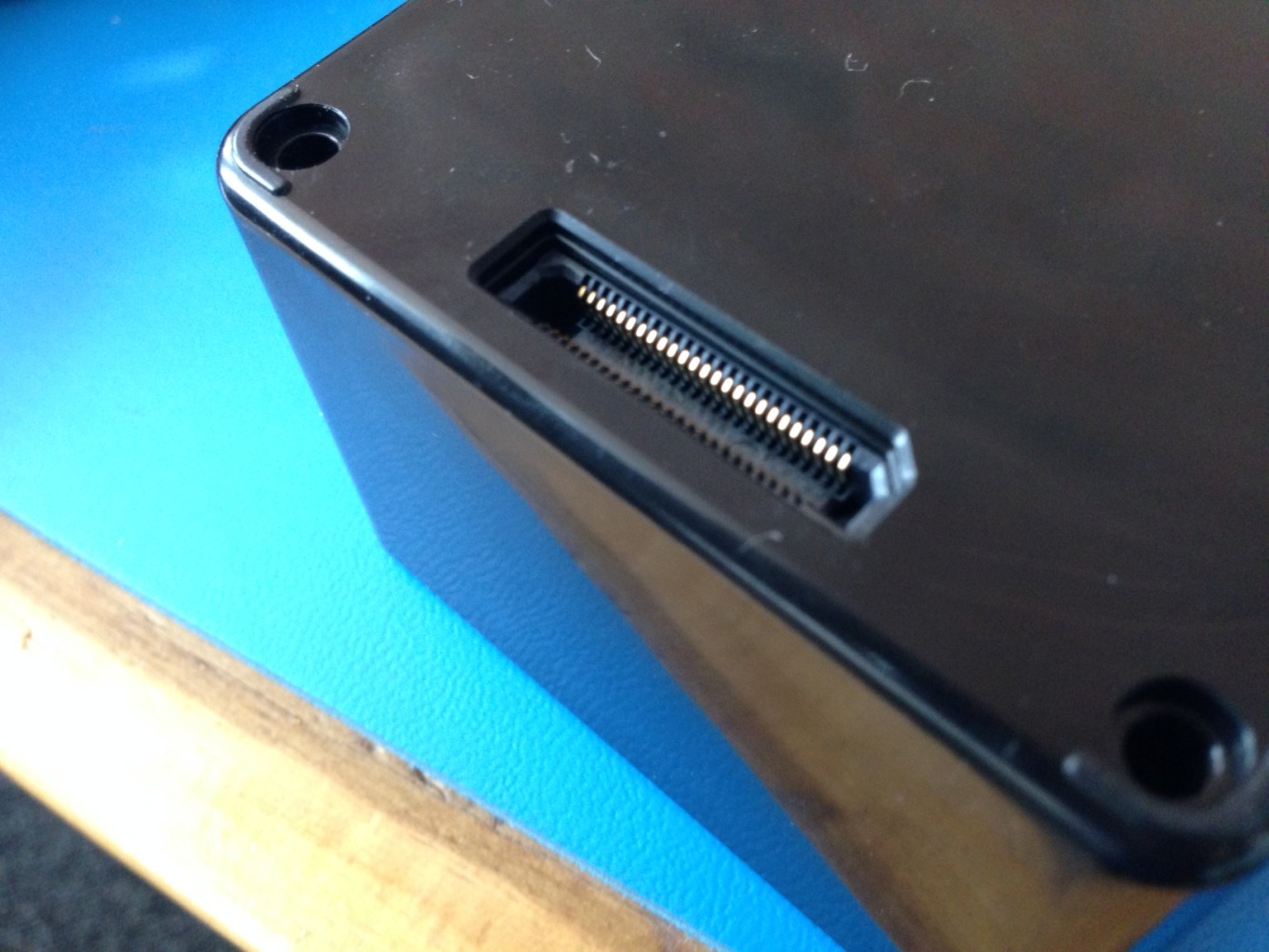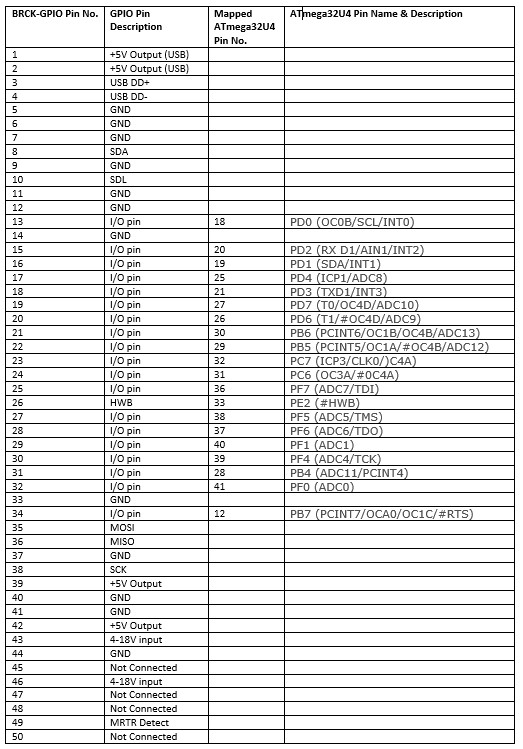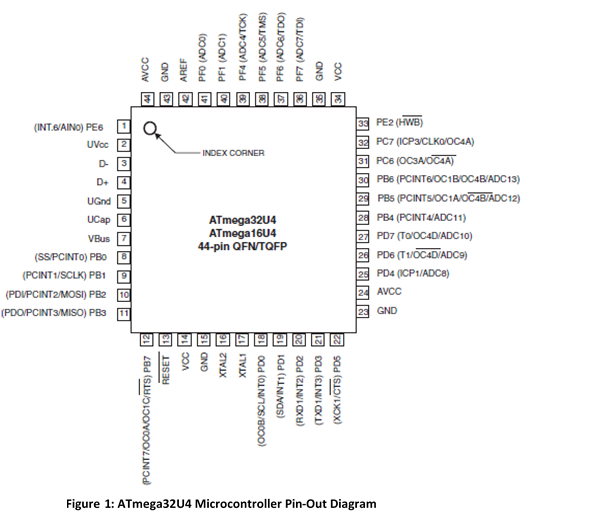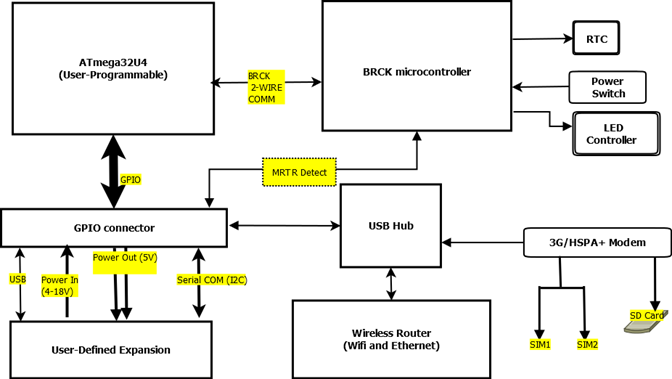BRCK+Pi
It’s funny what causes one to get excited. For some it is the smell of something new. For others the satisfaction of helping someone out. For me, it is the magic of seeing something that we designed come together into a product that is more than the sum of its parts.
In the very early days of BRCK we envisioned this amazing expansion ability. We added USB lines and power connectors. We had some vague ideas of what this might be used for but I don’t think that we could have imagined the device that I am now holding in my hands. This is, simply put, the coolest piece of tech kit that I have yet to experience.
Ok, I hear you saying, but it is your company’s tech so obviously you think it is cool. Sure, I am biased but then it isn’t really the actual device that has me so excited. What really has me excited is the potential of what this device could mean for people across Africa – particularly school children.
Simply put, the BRCK+Pi takes all of the ruggedness, power resilience, and connectivity flexibility of the BRCK and adds incredible application processing capabilities. A BRCK on its own is capable off serving up static content but a BRCK+Pi is capable of rich interactions and locally hosted applications. In our view, this creates the potential for a new computing UX paradigm at the edge of the network. A paradigm where “the” cloud might not be “The” Cloud. Where communities can access the content that is relevant to them without being perpetually connected to the rest of the internet. An opportunity to change the way we think about educating the 400 Million plus school children on the African continent.
This wide reaching potential is what makes the BRCK+Pi such an amazing piece off technology – regardless of who developed it.
I first wanted to write about this new product we are developing when Reg and I actually plugged the two devices together and served up our first web application. It was a cool moment and I really wanted to share it with the world. That was six weeks ago and Reg was frantically preparing to head to Mozfest for the official announcement of BRCK+Pi. As so often happens in a small company with too few resources, I started the post but never finished it.
Fast forward to today, Nov 24, and the BRCK team is sitting at a camp next to the Tarangine park in Tanzania on the first day of our epic overland expedition to South Africa. As we sit around the fire warming sore muscles from a long day of riding, Erik and I are uploading and sharing our images on the BRCK+Pi media server that Kurt built for us. Since we are gluttons for eating our own dog food, we wanted to put this amazingly cool device to proper use as we work our way across 9,000km of southern Africa.
As if sitting in camp and having a fully functioning media server running from an integrated BRCK stack wasn’t enough, we just so happen to be in an area with limited backhaul over the cellular lines. We are fortunate enough to have one of the iSavi devices from Inmarsat to provide satellite backhaul from anywhere on the planet.
So as I am typing this, as we sit by the fading fire under the African stars, we have a BRCK getting connectivity through an iSavi connected to a Pi that is providing our media storage as Erik and I are seamlessly exchanging and uploading media so that we can share our latest BRCK story with the world.
While our current use case may not save the planet, there is no doubt that the lessons we are learning this evening will have a lasting impact on our ability to redefine the ideas of computing at the edge of the network and in emerging markets – especially Africa.
